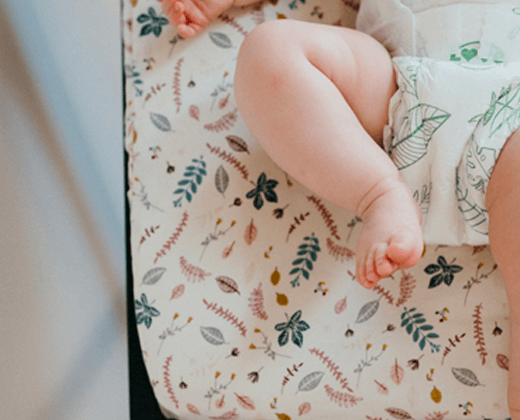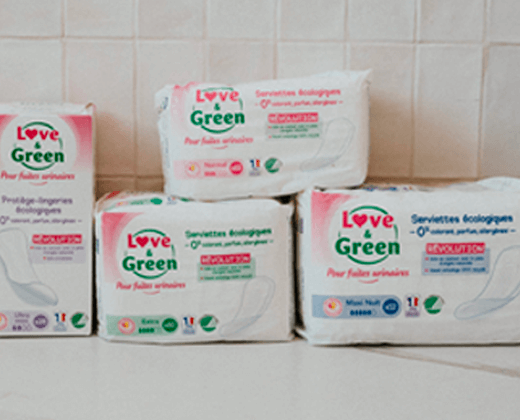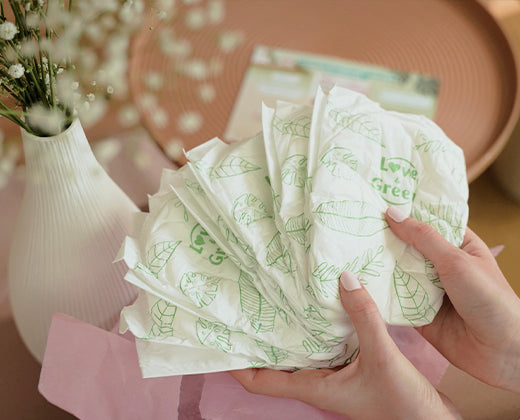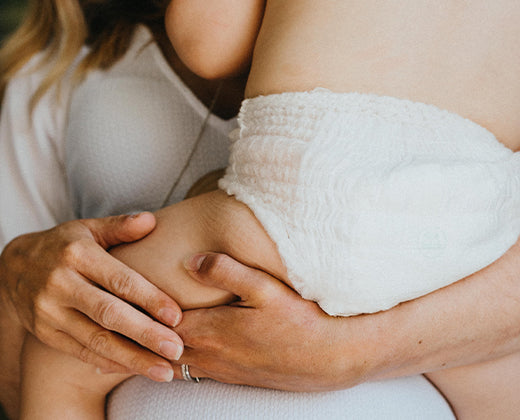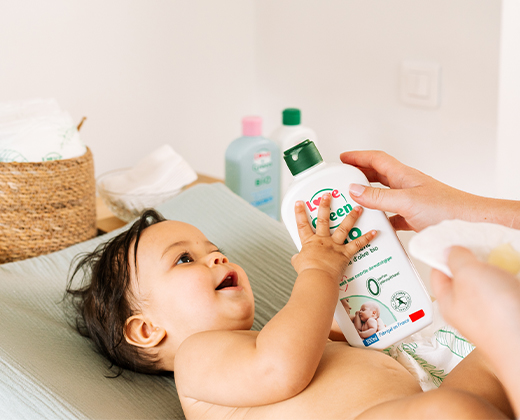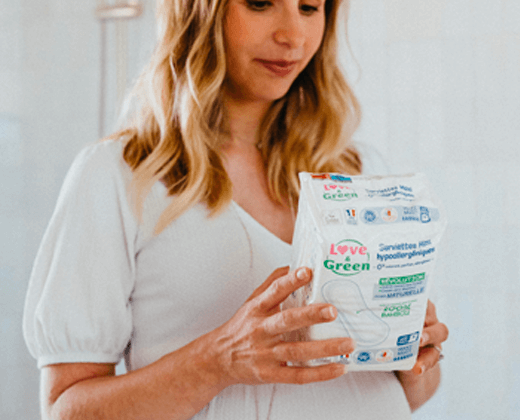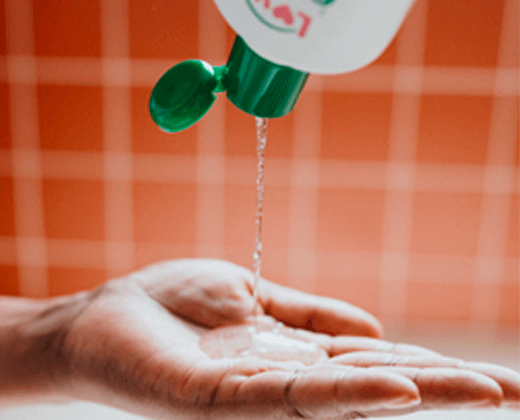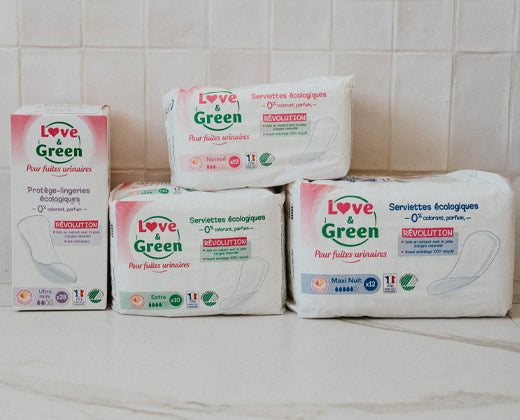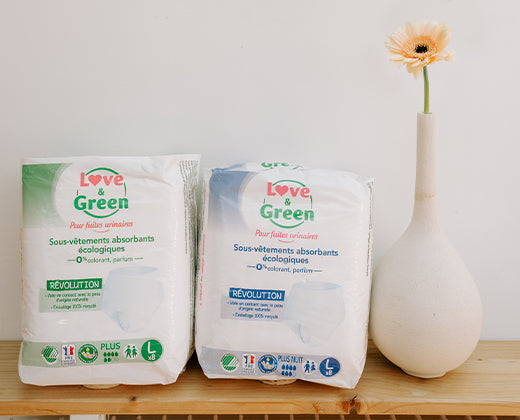7 things to know about the vaginal flora
You may be wondering: what are vaginal flora ? Vaginal flora is found inside the vagina and is made up of a collection of good bacteria made by the body. Their role is to preserve the balance of the flora and thus prevent you from vaginal infections. This is very fragile and can often be disrupted by many factors such as inadequate personal hygiene , menopause, tobacco or even antibiotic treatment. Here are 7 things to know about the vaginal flora in order to best protect this group little known to the general public that is the vaginal microbiota .
1. A weakened vaginal flora balance allows bacteria to enter
Adult women secrete 100 million to 1 billion microorganisms inside the intimate area. The majority of these bacteria are of the lactobacilli type, in other words good bacteria . In fact, their mission is to protect the vagina against possible infections. They produce lactic acid, making the environment acidic and therefore hostile to many microbes. However, sometimes these good bacteria decrease. This is particularly the case, for example, during periods when the blood lowers the acidity. Thus, the population of lactobacilli becomes less important in favor of other species such as staphylococci aureus. Pathogenic germs take advantage of these conditions to develop freely, causing irritation as well as intimate infections.
2. Too much intimate hygiene harms the vaginal microbiota
Contrary to what you may think, intimate hygiene can disrupt the balance of vaginal flora . This is why it is essential to know good practices. In this way, avoid vaginal douching, which is too aggressive, antiseptic products, classic shower gels and wearing periodic protection outside of menstruation. Furthermore, one or two intimate toiletries maximum per day are sufficient. Note that cleaning with water alone can destroy the hydro-lipid film on the surface of the private parts and cause dryness. As for soap for intimate hygiene , opt for a product without sulfate, perfume or undesirable ingredients, such as Love & Green organic intimate cleansing gels (moisturizing or soothing), specially designed to preserve the balance of the flora .
3. The vaginal flora has a pH between 3.8 and 4.5
of acidity present in an element such as a fluid, a drink or a food. A pH of 7 is said to be “neutral”. This is also the pH of pure water. When a woman is healthy, her vaginal pH is then maintained between 3.8 and 4.5. Concretely, when you have to choose a soap for your intimate hygiene , make sure that its pH is between 4 and 8.
4. Smoking can harm vaginal flora
Tobacco has a detrimental effect on the health of the vaginal flora . It causes a reduction in the proliferation of vaginal cells which provide glycogen to lactobacilli. It is, in a way, their fuel. This glycogen deficiency leads to a drop in the number of good bacteria and inevitably an imbalance in your vaginal microbiota . It takes at least three months after stopping smoking to regain a balanced flora . Taking probiotics can help.
5. Infections are not directly caused by sexual intercourse
Cystitis, vaginosis and mycoses are not transmitted by the sexual partner. They are therefore not sexually transmitted infections. However, reports promote recurrences of cystitis because penile movements cause colibacillus, the bacteria responsible for urinary tract infections, to move toward the urinary tract.
6. Antibiotics affect the vaginal microbiota
It is good to know that taking antibiotic treatment is not without consequences on the health of your intimate area. This medication is used to kill bacteria that cause infections. However, it does not differentiate between good and bad bacteria. In this way, it is recommended to take probiotics vaginally in addition to taking antibiotics. If you are susceptible to urogenital infections, remember to mention it to your doctor so that he can prescribe it for you.
7. The vaginal microbiota evolves throughout life
Just like the rest of the body, the vaginal microbiota changes throughout a woman's life. If he is rather poor during childhood, he really develops during adolescence. Then comes the inevitable stage of menopause which, in some women, truly upsets the balance of the vaginal flora . During this period, the body produces fewer hormones, which leads to a reduction in lactobacilli and therefore good bacteria . The woman is then more prone to infections such as cystitis. It is also advisable to take probiotics to compensate for this lack.
